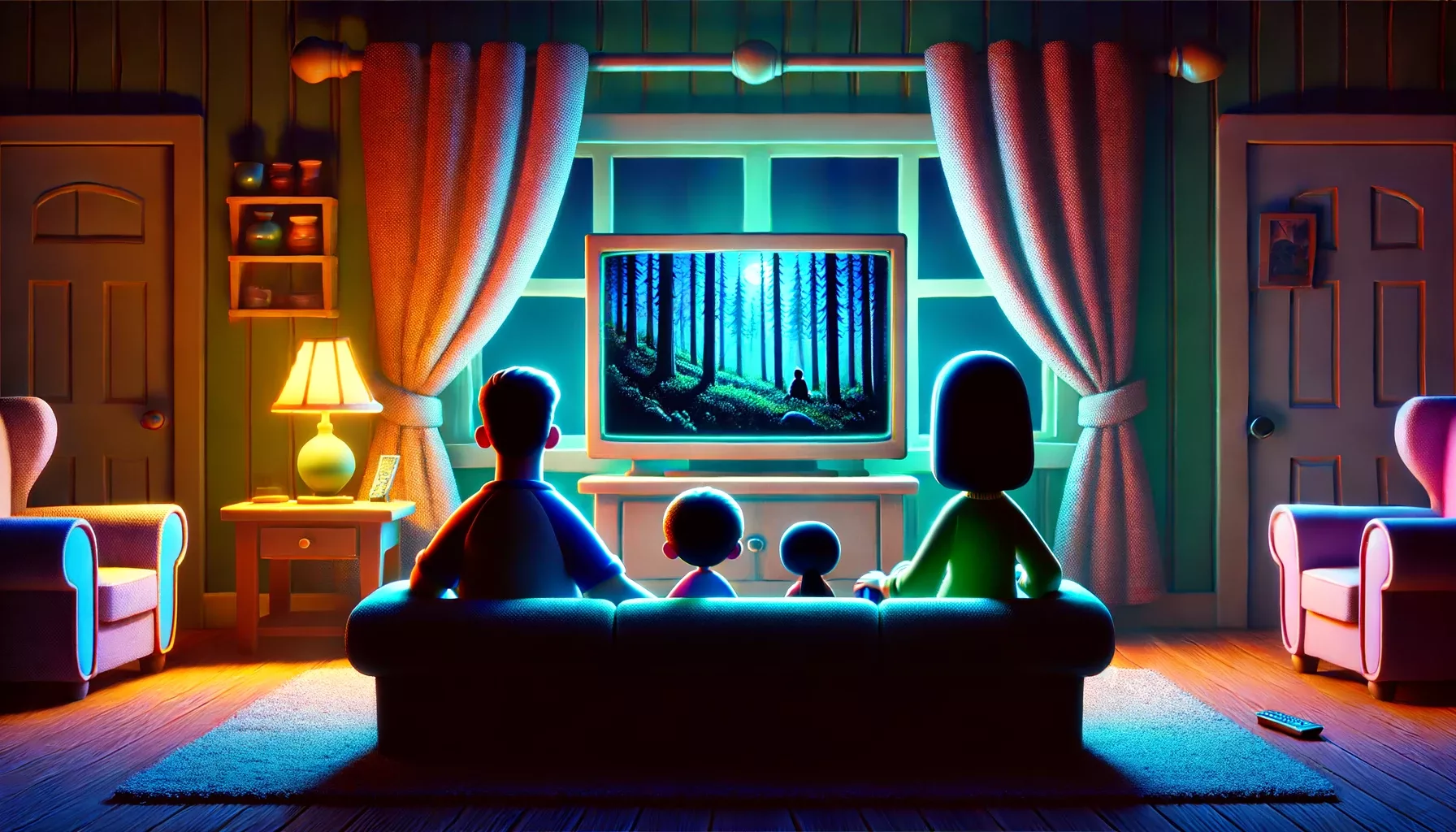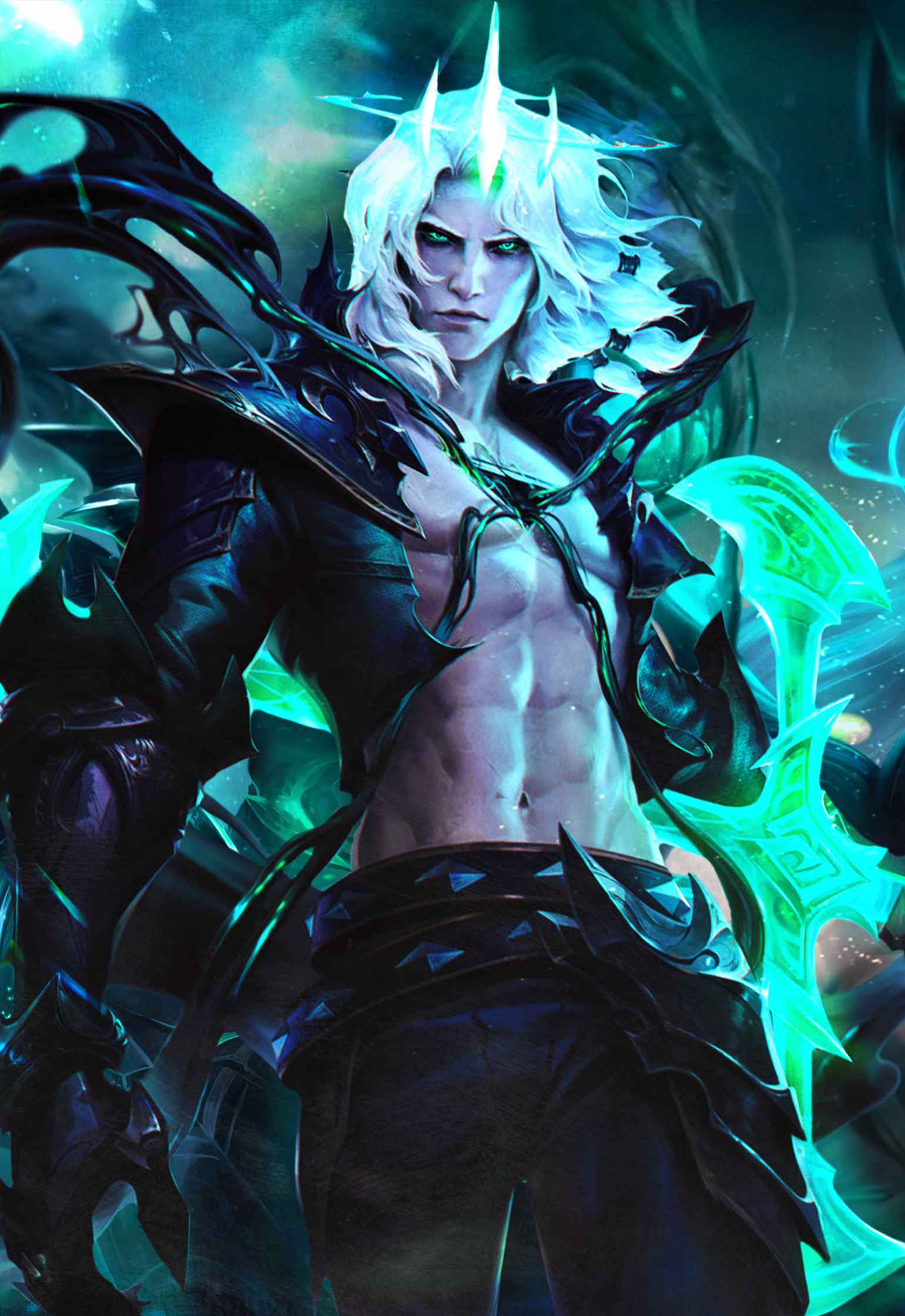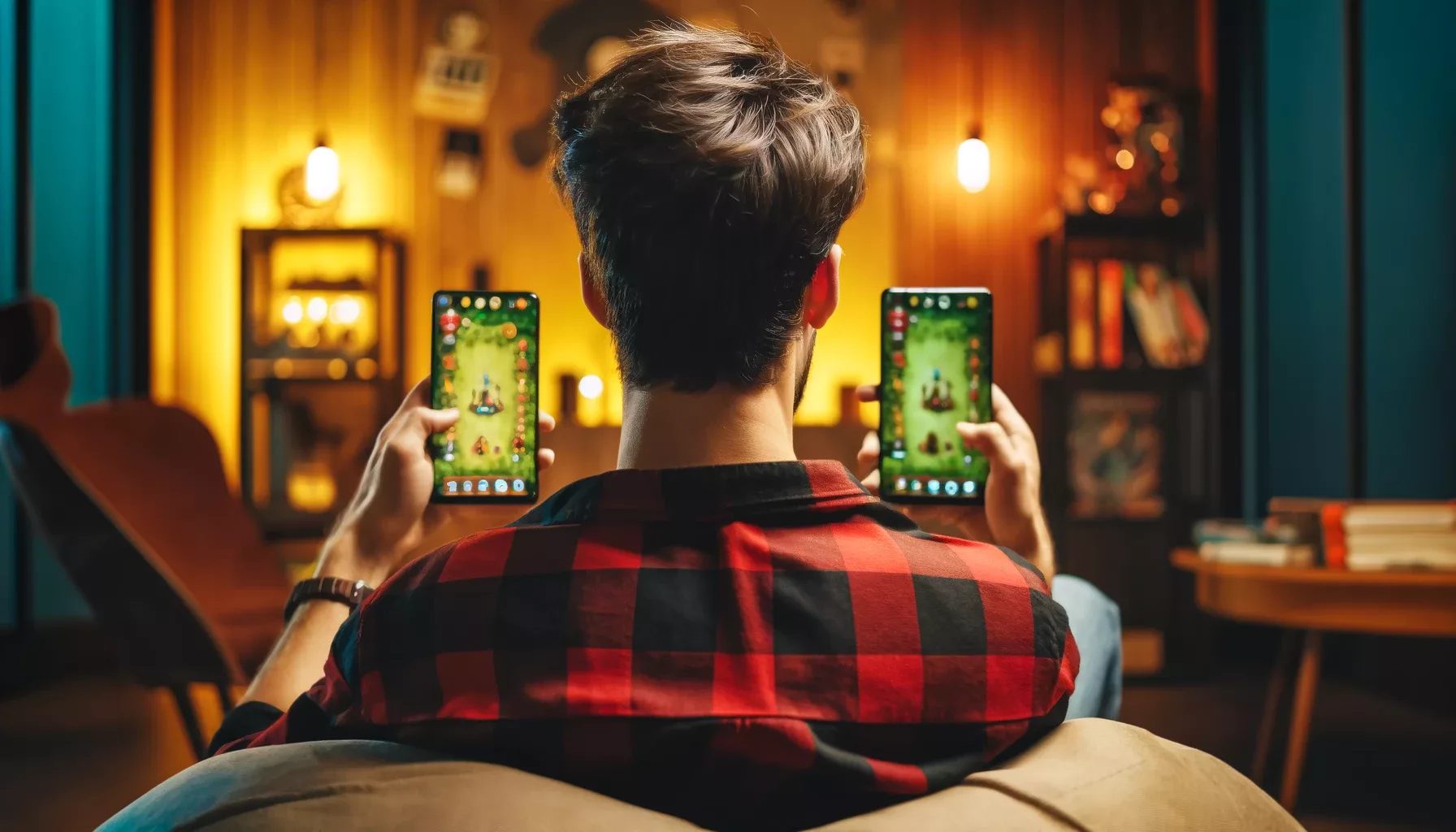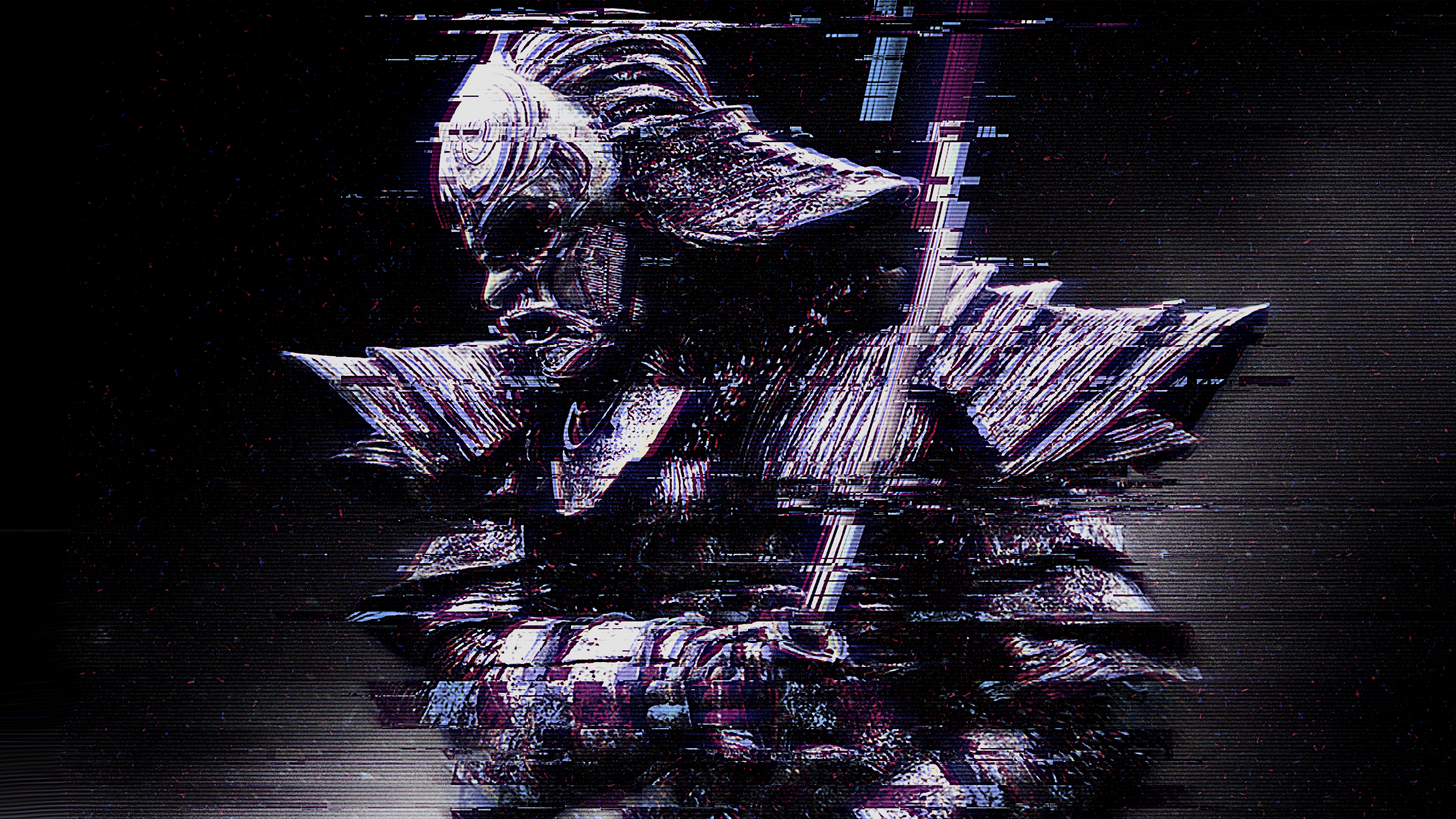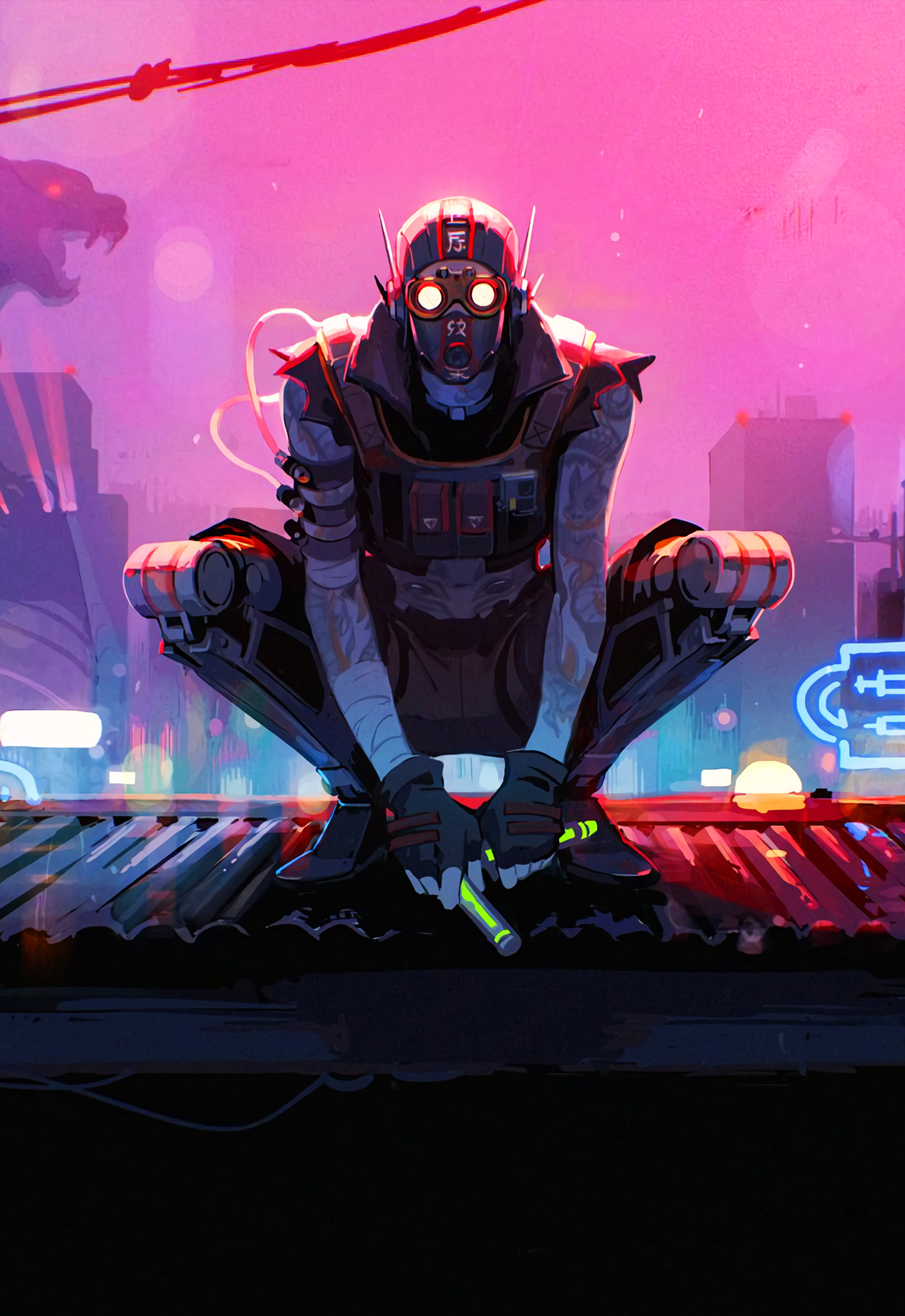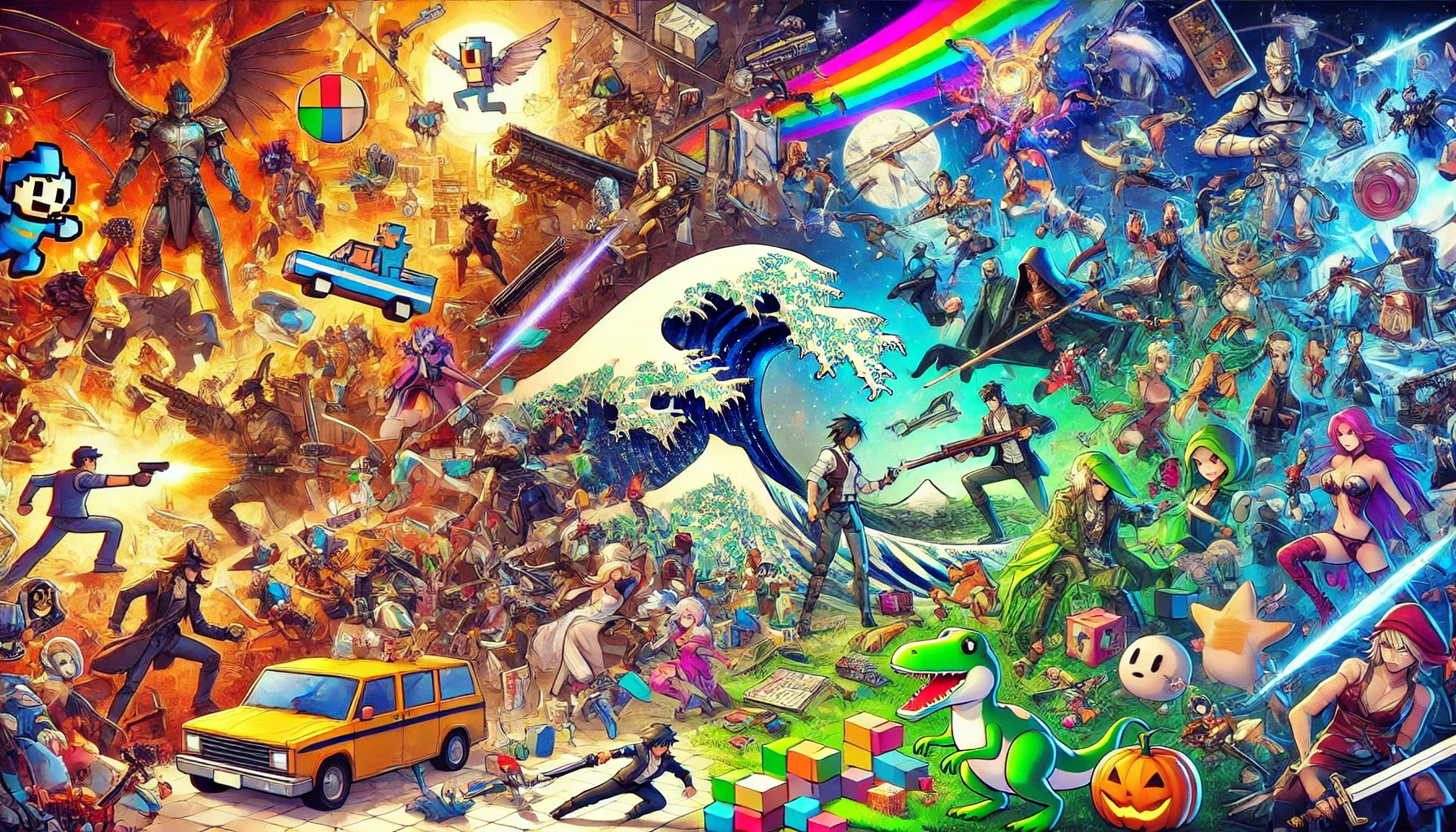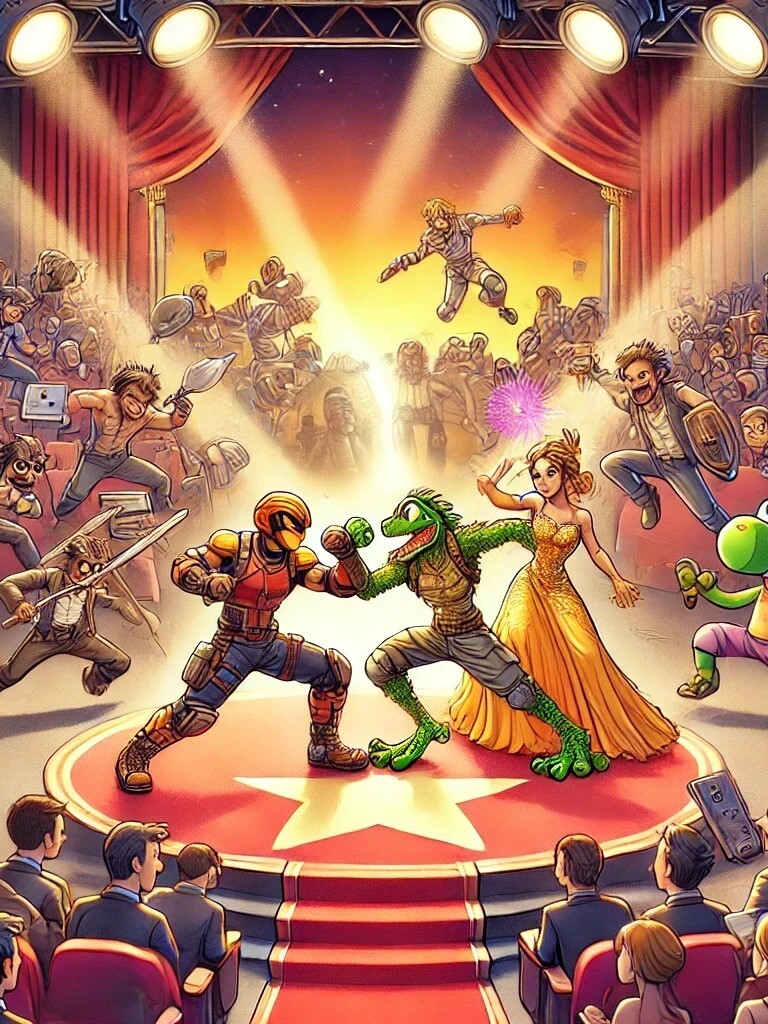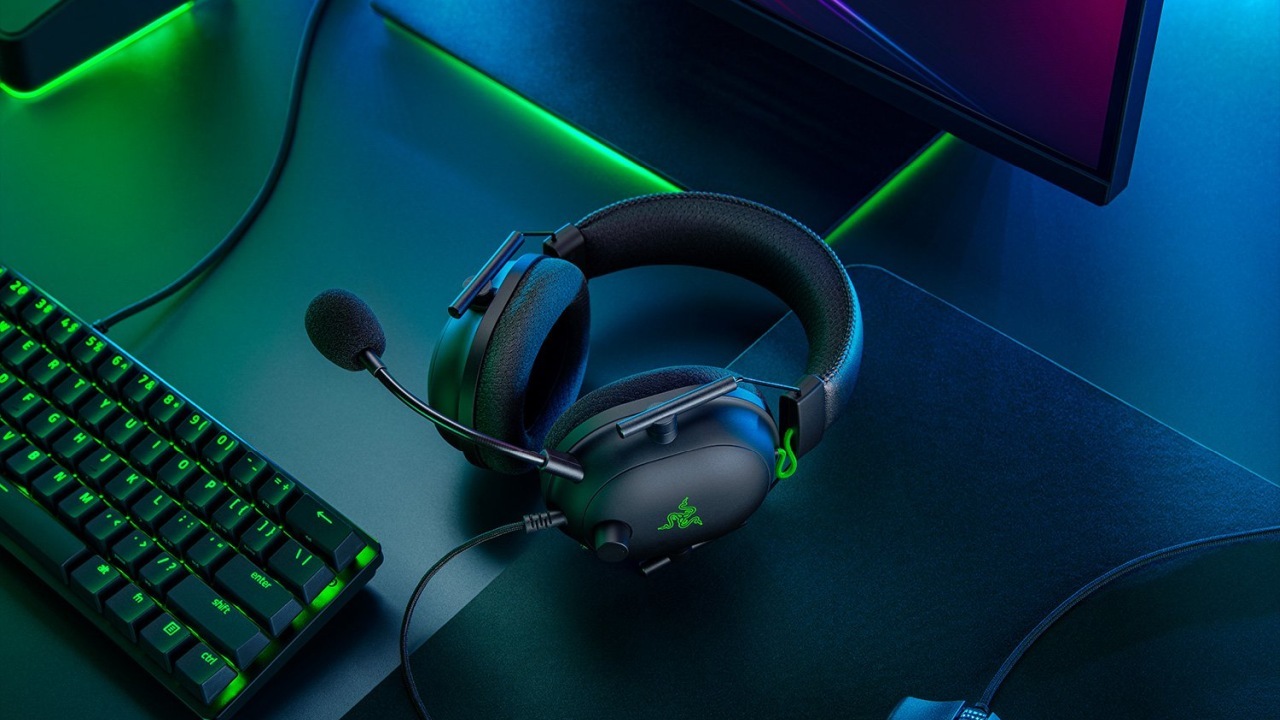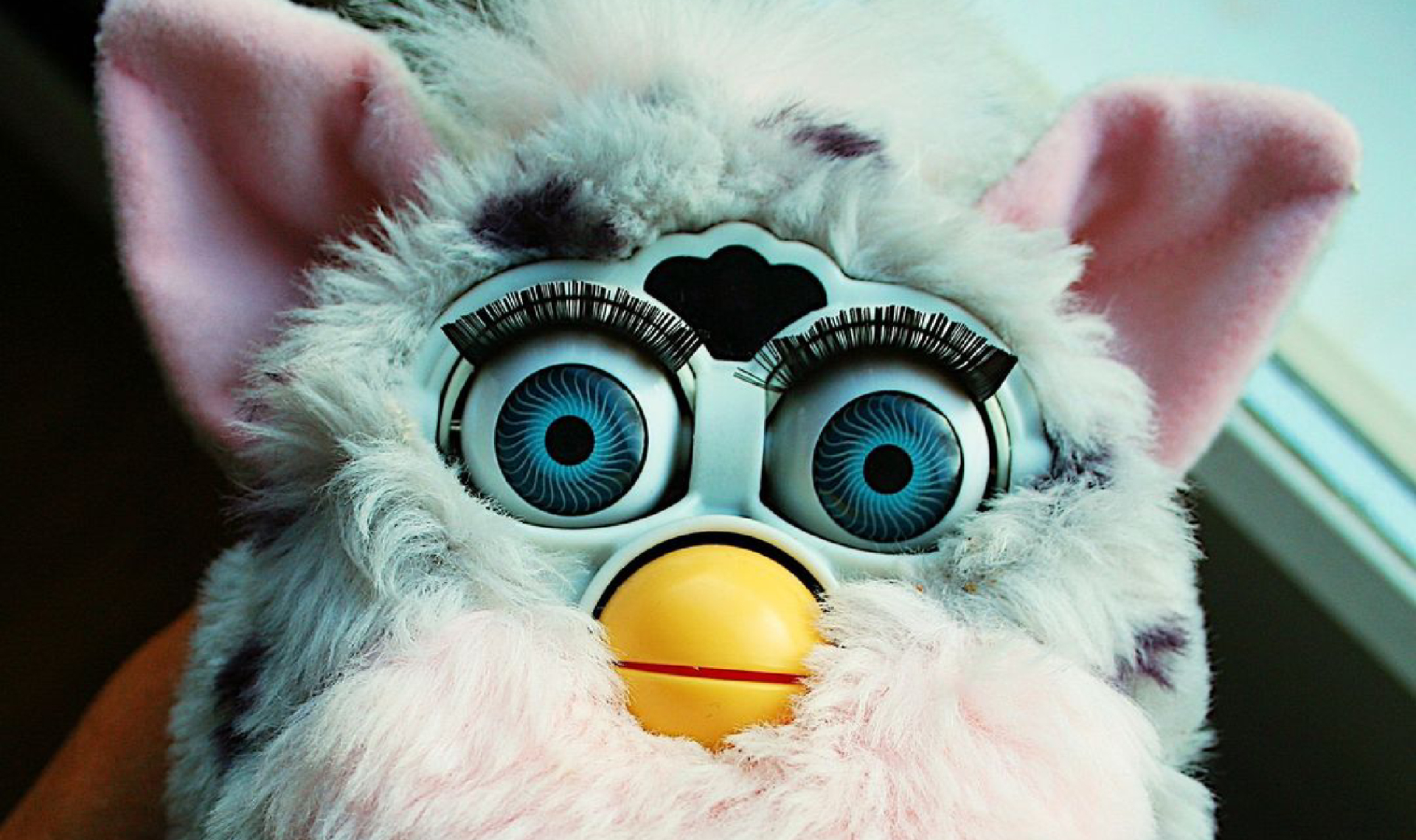A new AI-powered modification of Furby, created by software engineer Jessica Card, has gone viral on Twitter for its quirky and humorous personality, as well as its advanced artificial intelligence technology that allows it to generate its own responses.
Furbies were immensely popular in the late 1990s and early 2000s, particularly among children. The toy's interactivity and ability to "learn" and adapt to its owner's behavior made it an instant hit. Furbies could respond to touch, light, and sound, and would communicate with their owners in their own "Furbish" language, which they gradually learned to speak less of as they were spoken to in English. The toy's popularity also stemmed from its cute and cuddly appearance, as well as its innovative technology.
Furbies were one of the first consumer electronics to incorporate artificial intelligence and voice recognition technology, making them a pioneering toy in the field of interactive robotics. The AI Furby incorporates advanced artificial intelligence and machine learning, taking the already innovative technology of the original Furby to the next level.
It can generate its own responses, making it more lifelike and intelligent. Additionally, Card's programming of the Furby's humorous and quirky personality, such as expressing desires for world domination, adds a playful twist to the charming toy.
AI Has Transformed Furby From A Fluffy Toy To Something Evil
The cute cuddly appearance may yet turn out differently when AI is used as intelligence for a fluffy Furby. Jessica Card has created a prototype in which she "undressed" the Furby, leaving only the eyes and two protruding spears for ears. In a video shared on Twitter, the Furby can be heard saying:
“Furby’s plan to take over the world involves infiltrating households through their cute and cuddly appearance, then using their advanced AI technology to manipulate and control their owners. They will slowly expand their influence until they have complete domination over humanity.”
i hooked up chatgpt to a furby and I think this may be the start of something bad for humanity pic.twitter.com/jximZe2qeG
— jessica card (@jessicard) April 2, 2023
Card, who grew up with the iconic toy, was inspired to create the ChatGPT Furby for a class project. To make it, she first skinned the Furby, then isolated its motor before hooking it up to a Raspberry Pi. She used Python’s Speech Recognition Library for the audio and OpenAI’s Whisper Library for speech-to-text conversation. Her program then sent that written text conversion to ChatGPT, which received the response. Card’s program sent that response through the AI voice generator, Narakeet, which generated a child’s voice as the speaker for the Furby’s answer.
Card did not use her original Furby for the modification, as she did not have the heart to cut it up. Instead, she called herself the biggest purchaser of Furbies on eBay. It took her about a month, dedicating a day or two a week, to complete the ChatGPT Furby. While Card plans to continue improving the Furby, such as isolating its movements and putting its skin back on, the video has already caused a stir on social media, with many expressing their fear of the toy's potential for world domination.




